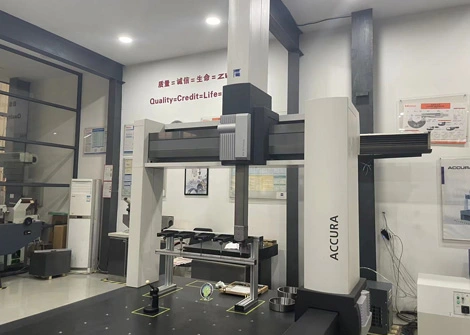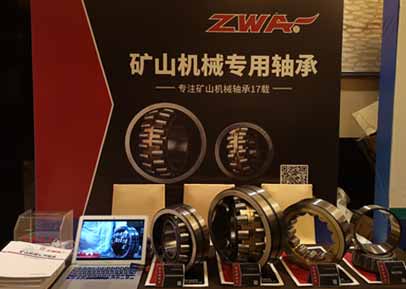Cylindrical roller bearings are a vital component in various mechanical systems, including automobiles, industrial machinery, and more. These bearings provide essential support for rotational motion, ensuring smooth and efficient operation. In this blog, we will delve into the mechanics behind different cylindrical roller bearing designs, exploring the importance of their precision in various applications.
Cylindrical roller bearings are radial and linear motion bearings designed to withstand heavy radial loads while allowing for high precision and smooth operation. They consist of cylindrical rollers, cages, and raceways, which enable their primary function of reducing friction and distributing load evenly across their surfaces.
Single Row Cylindrical Roller Bearings:
Single row cylindrical roller bearings are the most common design and are ideal for applications where radial loads are predominant. They consist of a single row of rollers, separated by a cage. These bearings are capable of withstanding high radial loads and moderate axial loads due to their increased contact area.
Double Row Cylindrical Roller Bearings:
Double row cylindrical roller bearing is designed to carry heavier radial loads and can also handle moderate axial loads. As the name suggests, these bearings have two rows of cylindrical rollers and a central rib or inner ring to separate the rolling elements. These bearings offer increased load capacity and higher rigidity compared to single row bearings.
Full Complement Cylindrical Roller Bearings:
Full complement cylindrical roller bearings have the maximum number of rollers possible without the use of a cage. As a result, they offer the highest radial load capacity among cylindrical roller bearings. However, these bearings are more prone to friction and have lower rotational speeds due to the absence of the cage that guides the rollers.
Precision is a crucial aspect of cylindrical roller bearing design, as it directly impacts their performance and longevity. The manufacturing processes utilized to achieve high precision in these bearings include accurate grinding of the raceways, rollers, and cages, ensuring proper alignment and clearance. The choice of materials and heat treatment also plays a vital role in achieving the necessary precision, durability, and resistance to wear.
The precision of cylindrical roller bearings affects their ability to operate under diverse operating conditions, handle varying loads, and maintain high rotational speeds. Whether it's minimizing friction, reducing vibrations, or withstanding rigorous applications, precision-engineered cylindrical roller bearings ensure optimal efficiency, reliability, and a prolonged service life.
Cylindrical roller bearings are indispensable components in various mechanical systems, providing critical support for rotational motion under heavy radial and axial loads. Understanding the different types of cylindrical roller bearings, including single row, double row, and full complement designs, allows for better selection based on specific application requirements. Moreover, emphasizing the importance of precision in their design highlights the need for reliable and efficient bearing solutions. By choosing the appropriate cylindrical roller bearing type and ensuring high precision, industries can optimize their operations, enhance performance, and ultimately achieve rolling precision.

